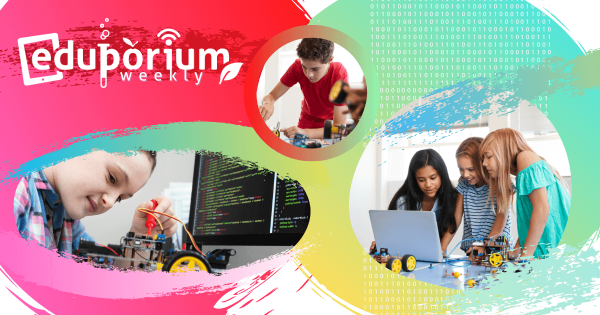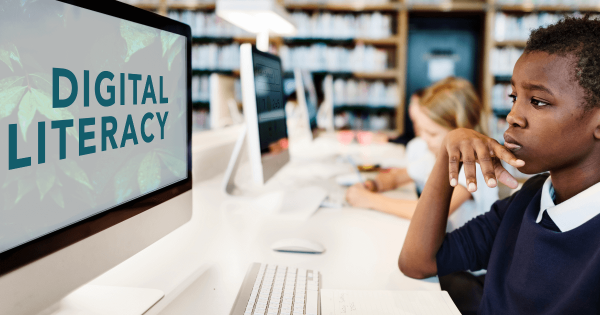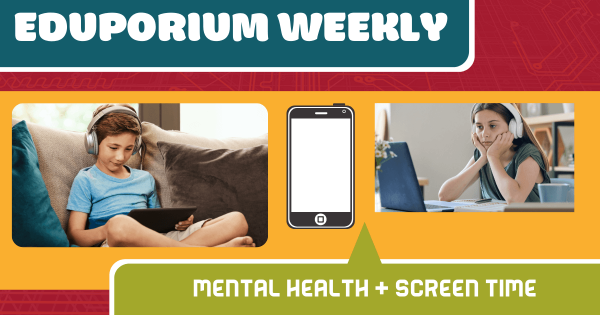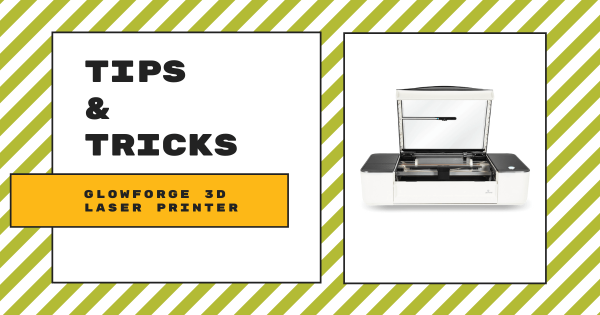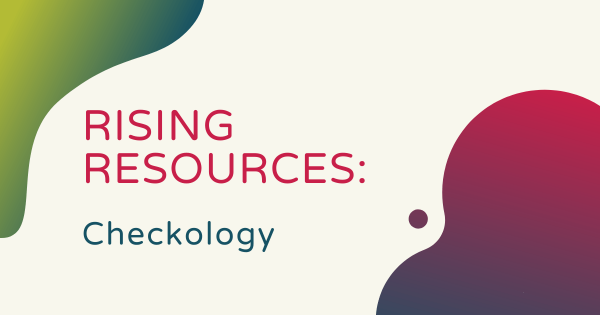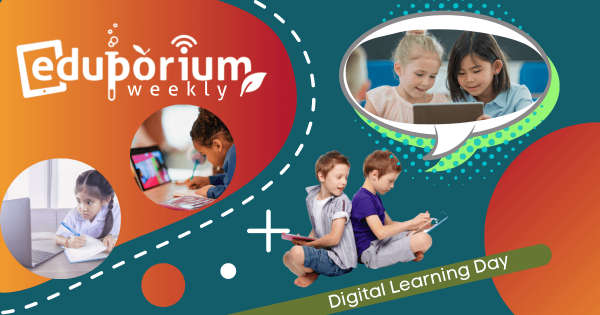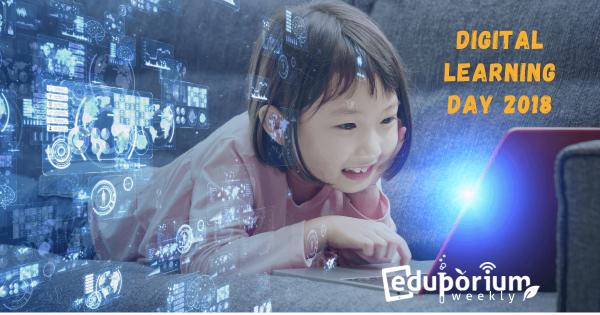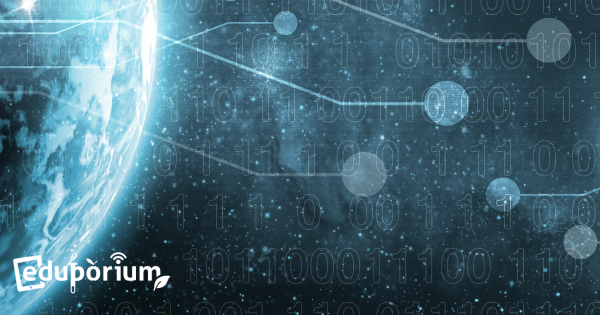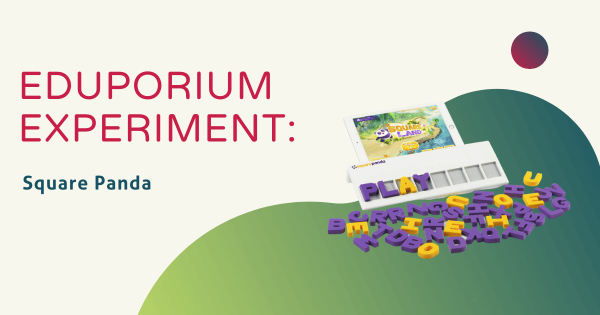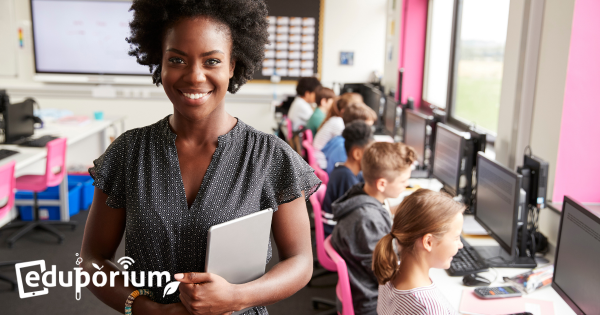The importance of providing all children with the opportunities to learn key computer science skills is often a really legitimate emphasis among STEM-minded instructors. We know how vital these skills may turn out to be for a larger number of them. Empowering students to learn these skills early and perfect them often could also help open up career opportunities later
Digital Literacy
Digital literacy is an incredibly broad and equally important topic throughout the 21st century education world. Being digitally literate remains crucial for today's students—both during their years in the classroom and in subsequent endeavors. Of course, so many careers in the 21st century require digital skills. And, students can build up these competencies gradually starting in the early years of their lives. With stronger levels of digital literacy, children, teens, and young adults are more likely to develop into strong candidates for future jobs. And, it's super beneficial for both them and their teachers that there are so many hands-on STEM tools and digital platforms to help them bolster their technological repertoires and position themselves for the future. Whether in a classroom, STEM lab, makerspace, or after school, students need opportunities to create and explore with digital tools.
We're, of course, huge proponents of hands-on STEAM education. And, there's no doubt that students can build their digital literacy skills through these experiences. They're not the only possible avenues they could take for becoming well-rounded in using technology tools, however. Digital literacies span tons of different academic areas—in the classroom and beyond. In makerspaces, for example, students could start to get familiar with using 3D printers to create objects. In traditionally non-STEM subjects, they could utilize educational VR devices to explore scenes and concepts close-up. And, even in CTE courses, exploring programming more in-depth could help them further build out their digital skill sets. And, since digital literacy isn't limited to any one area of the curriculum, educators can have their pick at how they expose students to it.
-
Eduporium Weekly | Defining And Developing Digital Literacy
There are so many types of literacies that we’ll now associate with student development—from some basic financial and media literacy skills up to, of course, their digital literacy. Each one of these literacies have become very important in today’s world and, among them, digital literacy remains one of the most crucial fluencies that your students can develop. -
Student Mental Health And Their Screen Time
While other pandemic-induced issues, like inequity, isolation, relationships, and SEL have been crucial focal areas, the effects of too much screen time on their daily development have also caught up with many students. As we continue to hone in on student mental health concerns, it’s often important for parents and educators to keep digital wellbeing in focus for kids. -
Tips & Tricks | The Glowforge 3D Laser Printers
The Glowforge 3D laser printers are some of the most capable high school STEM solutions we offer. Using these machines, kids easily create tangible designs from tons of different materials and each one helps CTE educators unlock truly future-focused instruction in makerspaces or classrooms. And, they’re quicker than 3D printers with lasers that cut and engrave rapidly. -
Rising Resources | Checkology For Media Literacy
As schools have been closed, teachers and students have been closely monitoring the latest updates surrounding the pandemic. With that comes a need for strong digital literacy skills and the need to identify accurate information from reputable sources. Checkology is an online tool that students can use to develop key media literacy skills. -
Eduporium Weekly | Getting You Set for DL Day 2019
The creators of Digital Learning Day want educators to effectively and intentionally use technology to enhance the learning experiences of the students in their classrooms. Through the high-quality instruction digital tools can help create, students are able to absorb content in new ways, have learning personalized for them, and learn anytime and anywhere. -
Eduporium Weekly | 5 Ways to Celebrate Digital Learning Day
Every February, the education community comes together for one day of future-focused learning. By celebrating Digital Learning Day, educators give their students the opportunity to experience learning that’s more geared toward the future and to try something new in the classroom. Best of all, there’s no wrong way to spend Digital Learning Day! -
Eduporium Weekly | The Growing Importance Of Digital Literacy
For decades, literacy has been considered the absolute most fundamental skill any person could have. With the emergence of the automated era and the now complete commonality of technology tools, the necessary skill has changed from literacy to digital literacy. People need to know technology—how it works, what they can do with it, and how to maximize efficiency. -
Eduporium Experiment | Square Panda
Square Panda is perhaps the most effective combination of early education, STEM learning and Future Ready skills available in the early EdTech market right now! Essentially, it’s a digital introduction to the phonics skills that kids in kindergarten should be able to know, but its educational value doesn’t stop there. -
Eduporium Weekly | For Digital Learning And Digital People
Think about it. Today’s adults spend most of their working day using a computer to carry out a range of responsibilities from communication to projects and everything in between. They use programs, websites and office productivity software. Most of them probably also learned the specific, tech skills for their job once they had already accepted it.




